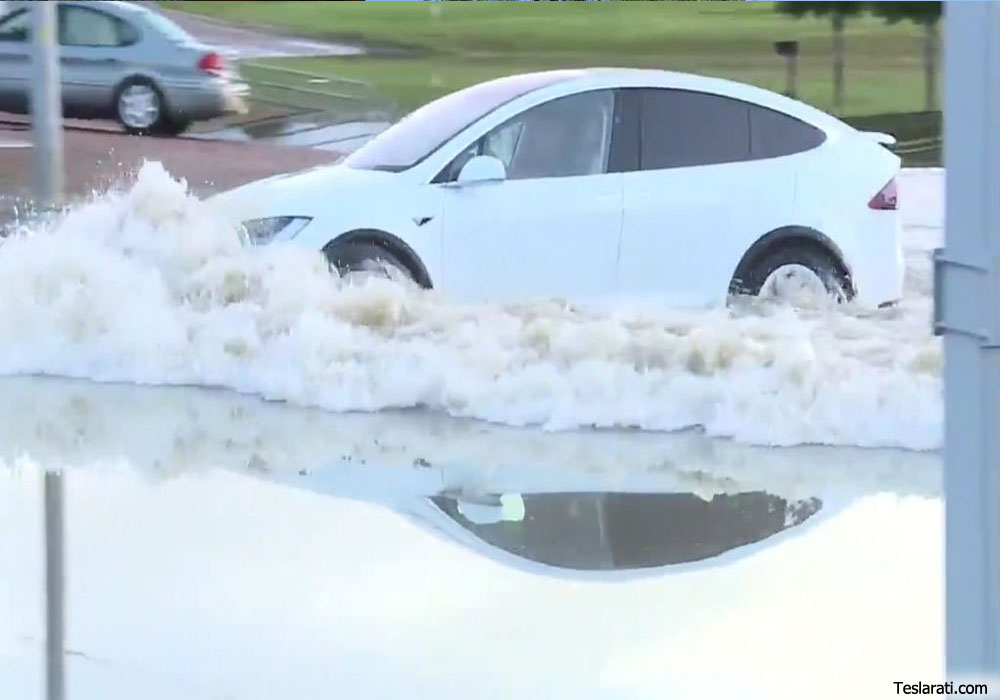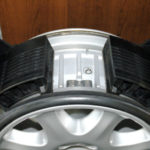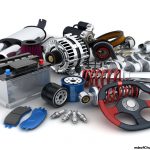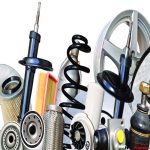Unless you own an amphibious vehicle your car has no business being in more water than a puddle. Unfortunately, this can’t always be helped as accidents and natural disasters sometimes occur. The question is, what do you do with a car after it has been submerged in a lake or caught in a flood? While most would simply say dump it there is a chance to save it or at least salvage some of the parts.
The biggest issue is the auto’s engine. If the engine gets submerged, the first thing you need to find out is what type of water did the damage. If saltwater is the culprit, you have some big problems, but if it was fresh water you at least have a chance.
Before starting the car you need to do the following:
- Remove the car battery. This should be pretty obvious, electricity and water don’t mix. I recommend you trash the battery and get a brand new one.
- Remove the spark plugs. Just like the battery, I recommend you replace these too.
- Remove the air filter. I recommend that you dump this for a new one as well.
- Let the motor oil drain for at least 12 hours. This will allow all the water drain. This is a very important step.
- Soon after 12 hours, add new motor oil and transmission oil.
- Install the new battery.
- Install the new spark plugs
- Install a new air filter
If you followed the steps above, you should be ready to start the engine. Once you do so, let the engine run for a while. If you see blue smoke coming out from the engine, you have another problem – you need to change the valve seals. This is a more experienced step and I would recommend you take your car to an auto repair shop. The good news is that your car will probably be fine after the mechanic replaces the valve seals!
Saving your car engine from severe water damage is more possible than most people think. What’s even better is that a lot of the work, if not all of it, can be done by you and not a mechanic. With some basic knowledge and a little trial and error you can fix many auto repair problems – even those thought to be impossible by most!











